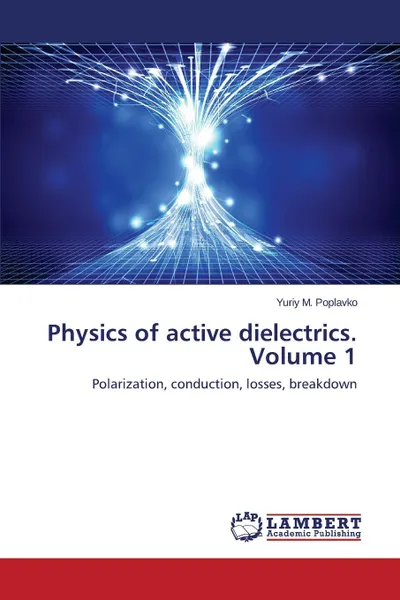Physics of active dielectrics. Volume 1 12+
Автор: Poplavko Yuriy M.
356 страниц
Категория: Литература на иностранных языках
ISBN: 9783659763748
Язык: Английский
📗 For many years, the major properties of dielectrics were associated exactly with their electro-insulating properties, i.e., the minimal conductivity and dielectric losses, as well as maximal breakdown strength. Currently, the requirements to these properties of dielectrics have been increased significantly over a wide temperature range, in high humidity conditions, under the influence of mechanical vibrations. At the same time, in the present-day electronic technology, other properties of solid and liquid dielectrics have gained importance, namely, those allowing their use for the conversion of energy or information. Such dielectric materials, widely applied in the electronic equipment, sometimes are referred to in literature as "smart" or "adaptive" materials, while Russian-language literature prefers the term "active" dielectrics. Among such active dielectrics are, for example, piezoelectrics, which convert mechanical energy into electrical energy and vice versa; pyroelectrics, which convert heat into the electricity and applied as thermal-vision devices; liquid crystal (electro-optical converters), ferroelectrics (non-linear and storage devices), and others.
Мнения
